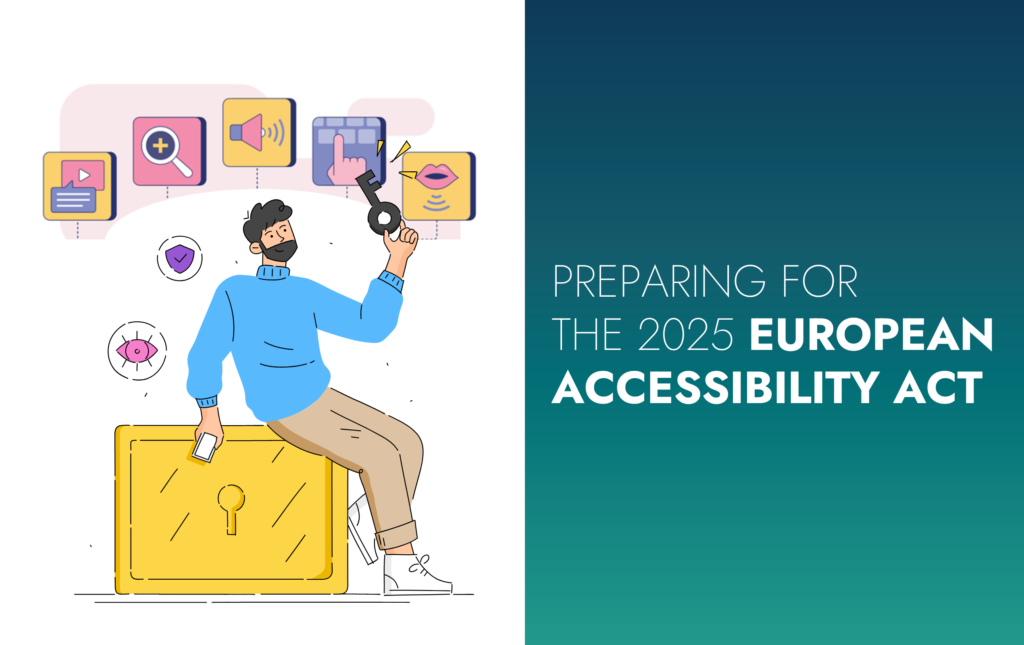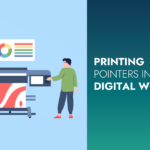There’s a big change coming to the digital world, and it’s called the European Accessibility Act (EAA). Starting from the 28th of June 2025, businesses will have to make sure their products and services are accessible to everyone, especially for people with disabilities. Whether you’re in retail, hospitality, or managing an online platform, the way you present your digital content needs to be carefully considered. This isn’t just about ticking boxes — it’s about creating a more inclusive online space, with access for all.
Whether you’re running an online magazine, developing websites, or creating content, this new act is going to impact the way you work. But don’t worry! In this post, we’ll break down what you need to know and how different sectors — developers, designers, and content creators — can prepare.
What this means for online publications
If you run or contribute to an online publication, it’s time to start thinking about how accessible your content really is. This doesn’t mean a complete overhaul, but small changes like adding alternative text to images, including captions in videos, and making your site easy to navigate for people using assistive technologies.
The good news? By making your content accessible, you’re not just following the EAA — you’re also making it easier for everyone to consume and enjoy your content, which can only be good for business.
Web accessibility made simple
Let’s face it, web accessibility can sound technical, but it’s really about making websites usable for all. Here are a few things developers and designers can do:
- Make your content keyboard-friendly: Ensure every part of the site can be navigated without a mouse.
- Add image descriptions: Use text that screen readers can pick up for images and buttons.
- Responsive design: Your site should work on everything from a desktop to a smartphone, without users having to zoom in or struggle to read.
These are just a few things to consider, but starting small can go a long way in making your site more accessible.
What developers should watch out for
If you’re a developer, the EAA will mean taking a closer look at the code behind the websites you develop. You’ll need to ensure that all users, including those using screen readers, can interact with your site easily. Structuring your HTML properly, testing across various assistive technologies, and running accessibility checks will help you stay compliant.
By building inclusivity into your development process now, you’ll avoid scrambling to make changes closer to the deadline.
Designers: Time to rethink your approach
Designers, it’s time to get creative — accessibly! The EAA is pushing for more thoughtful design, with things like high contrast between text and backgrounds, fonts that are easy to read, and layouts that are simple to navigate. A good design doesn’t just look nice; it also works for everyone.
If you’ve been avoiding those small design tweaks that boost accessibility, now’s the time to get on board. And who knows? You might find it opens up some fresh design ideas you hadn’t considered before.
Content creators: Your role in inclusivity
For content creators, the EAA means being more mindful of how you present information. Clear, concise writing will make your articles easier to understand. Offering alternative formats, captions for videos and transcripts for audio, if your content is going to sit outside of the platforms already providing this functionality. It’s all about making sure everyone can engage with your content, no matter their ability.
Plus, making these changes won’t just help you stay compliant — it could also expand your audience by making your content more approachable.
How to prepare for 2025
Preparing for the European Accessibility Act doesn’t have to be overwhelming. Here’s a simple checklist to get started:
1. Audit your website and content: See where you stand and identify what needs improvement.
2. Train your team: Everyone — from designers to developers and writers — should know the basics of accessibility.
3. Embrace accessibility: Don’t treat it as just another regulation to follow. Instead, think of it as a way to improve user experience for everyone.
The European Accessibility Act isn’t just about legal compliance — it’s about creating a digital space that works for all. By making these changes, you’re not only getting ahead of the game but also contributing to a more inclusive and user-friendly internet.
At Zahra, we’re here to help you navigate this new landscape and create content that’s accessible, engaging, and ready for the future. So, let’s embrace these changes together.
















